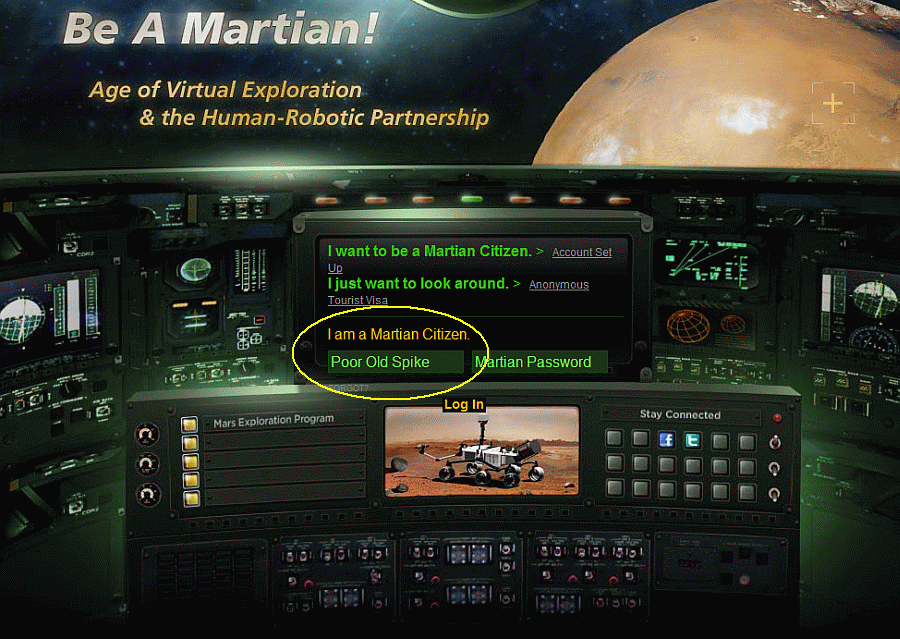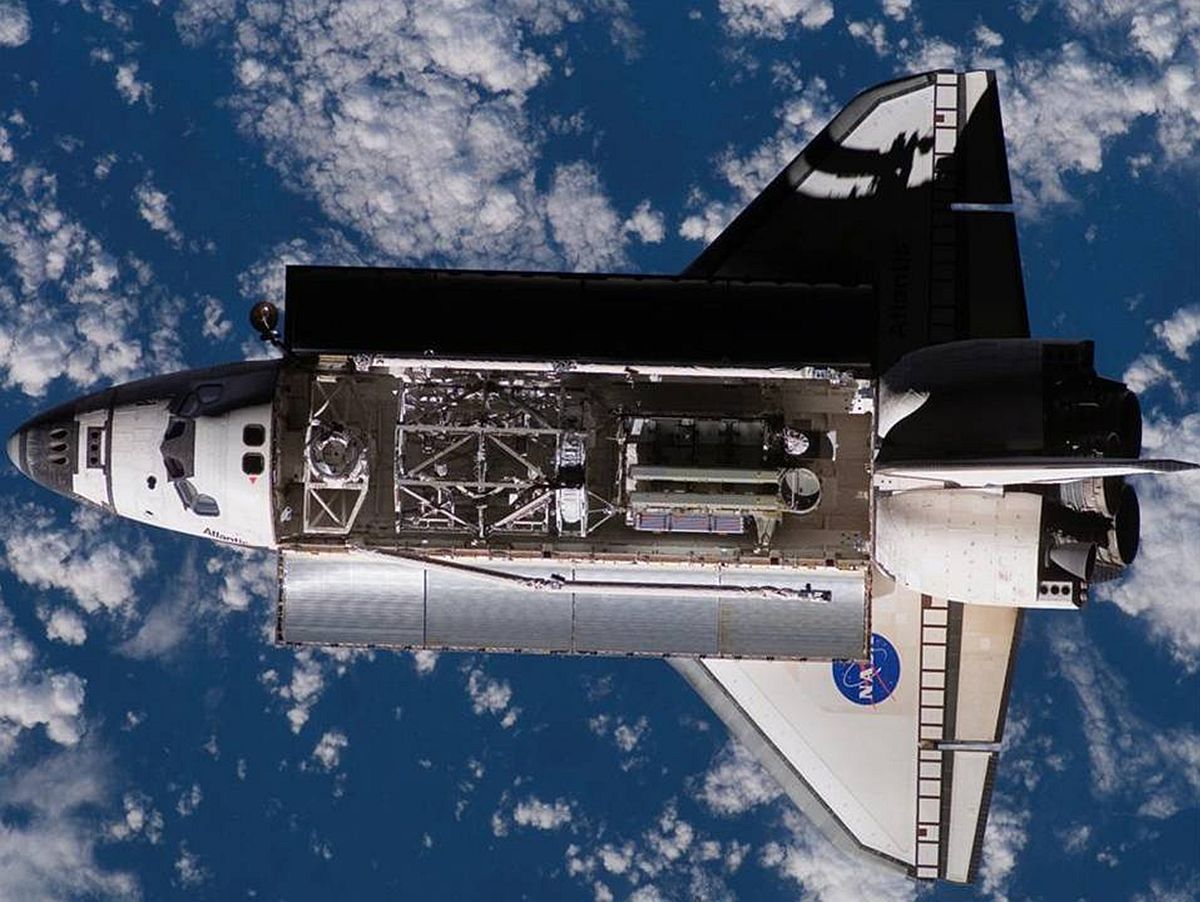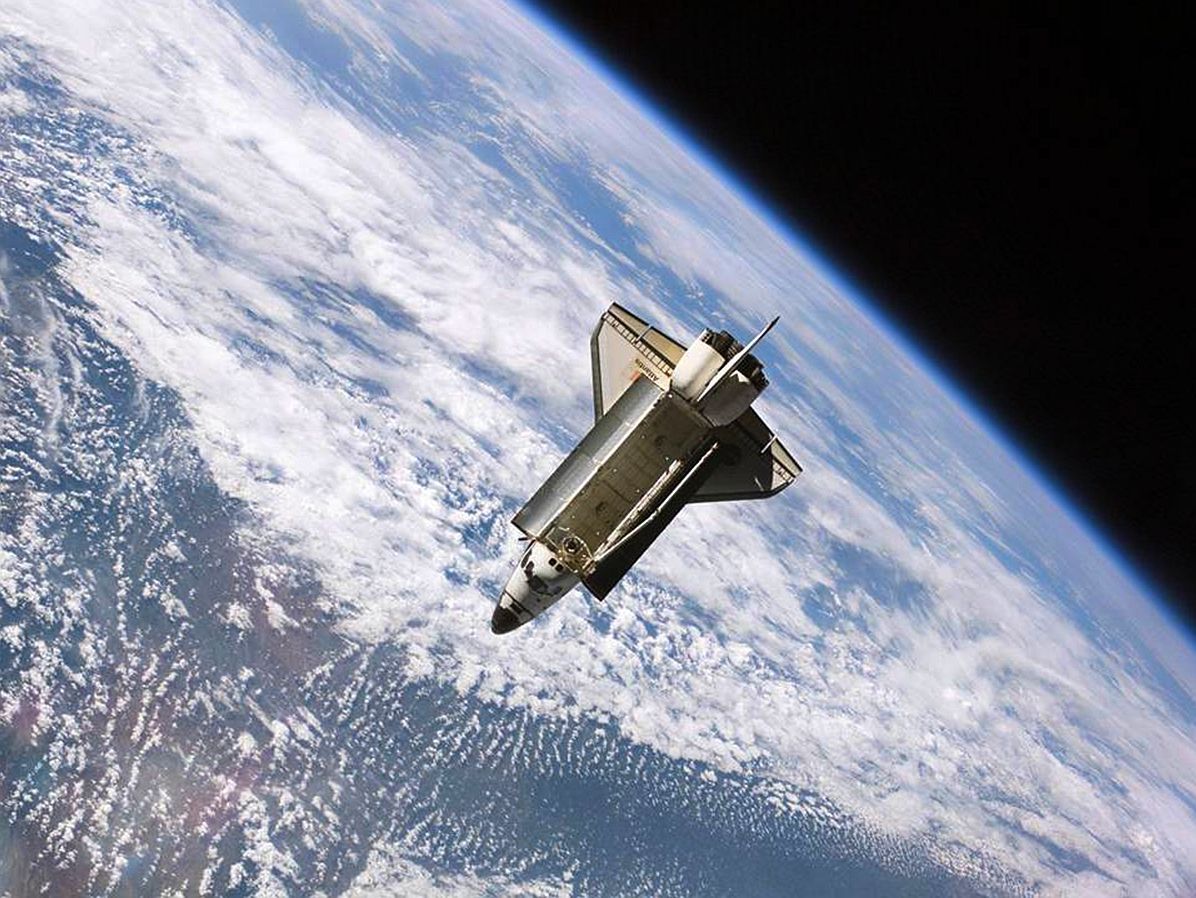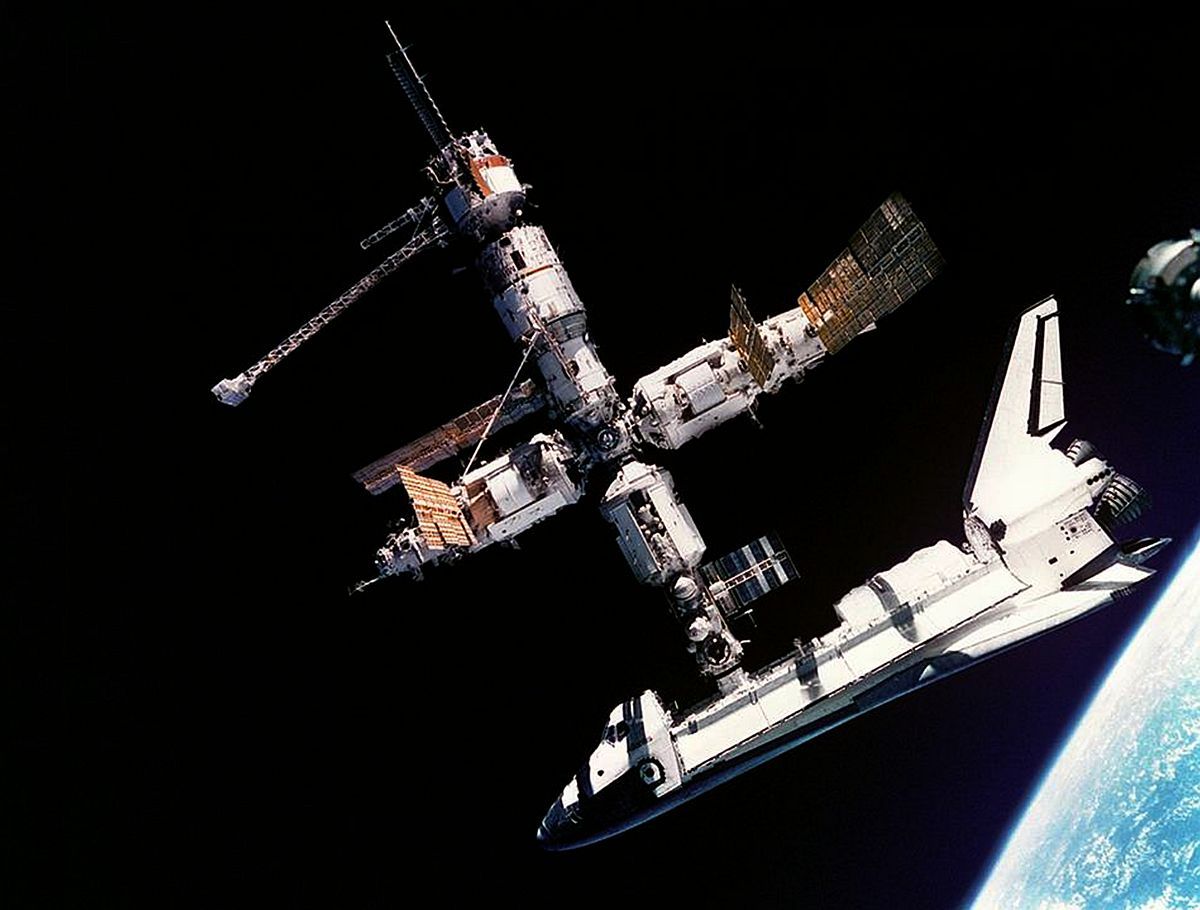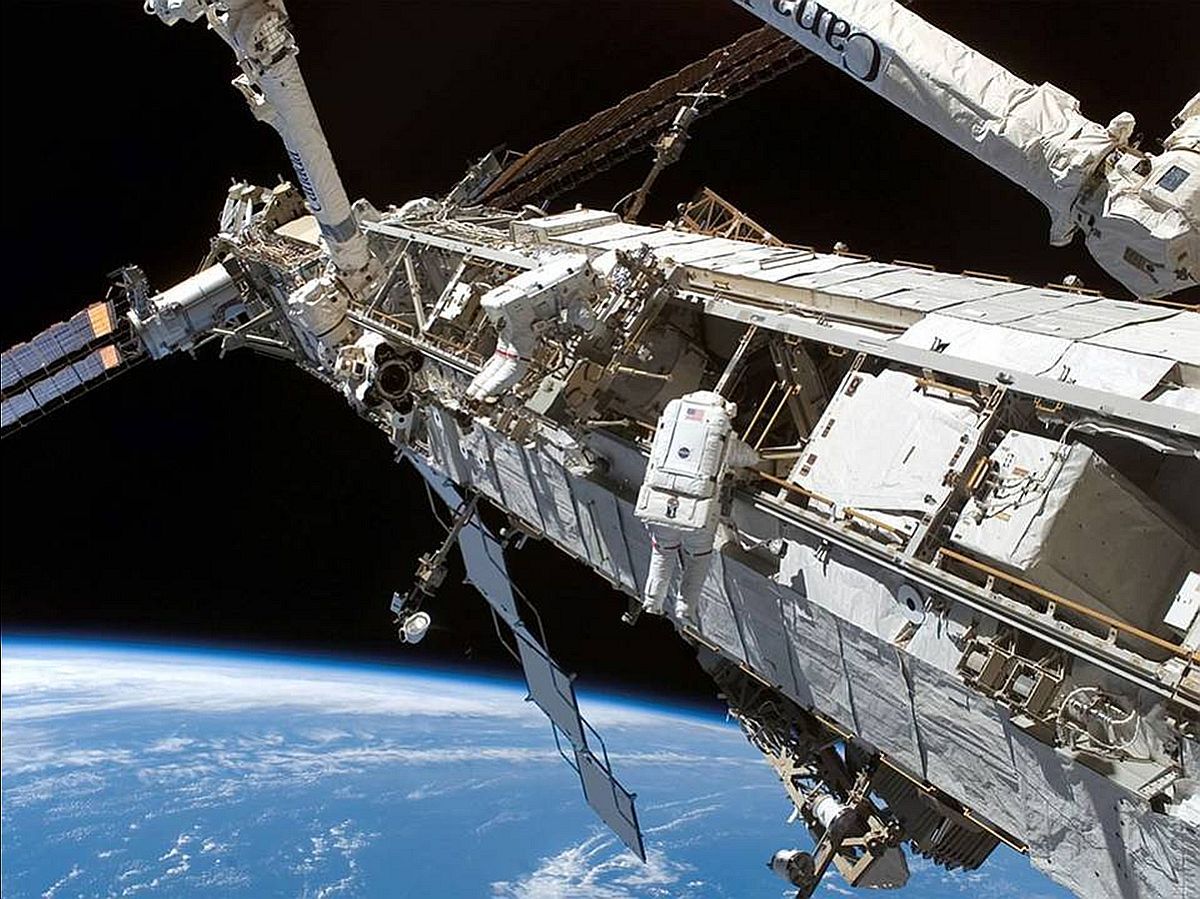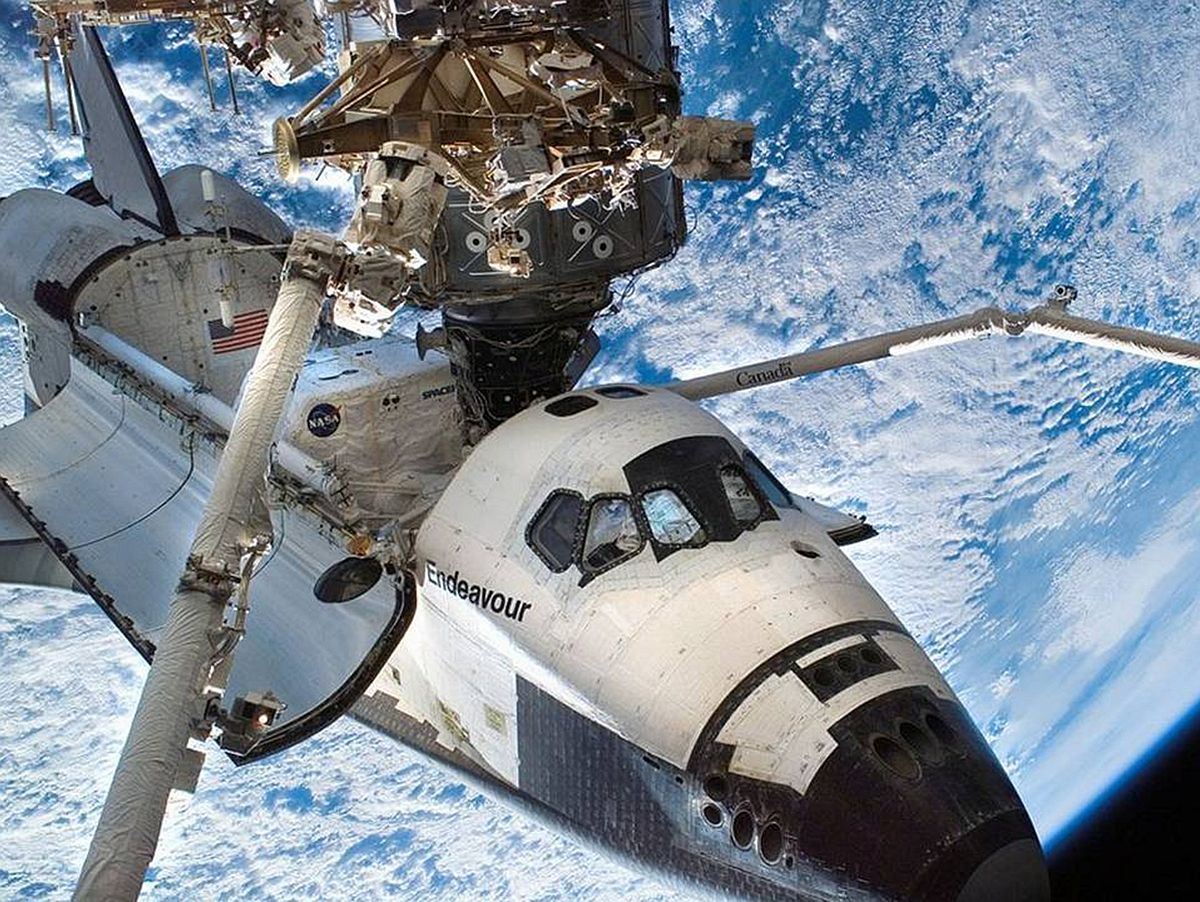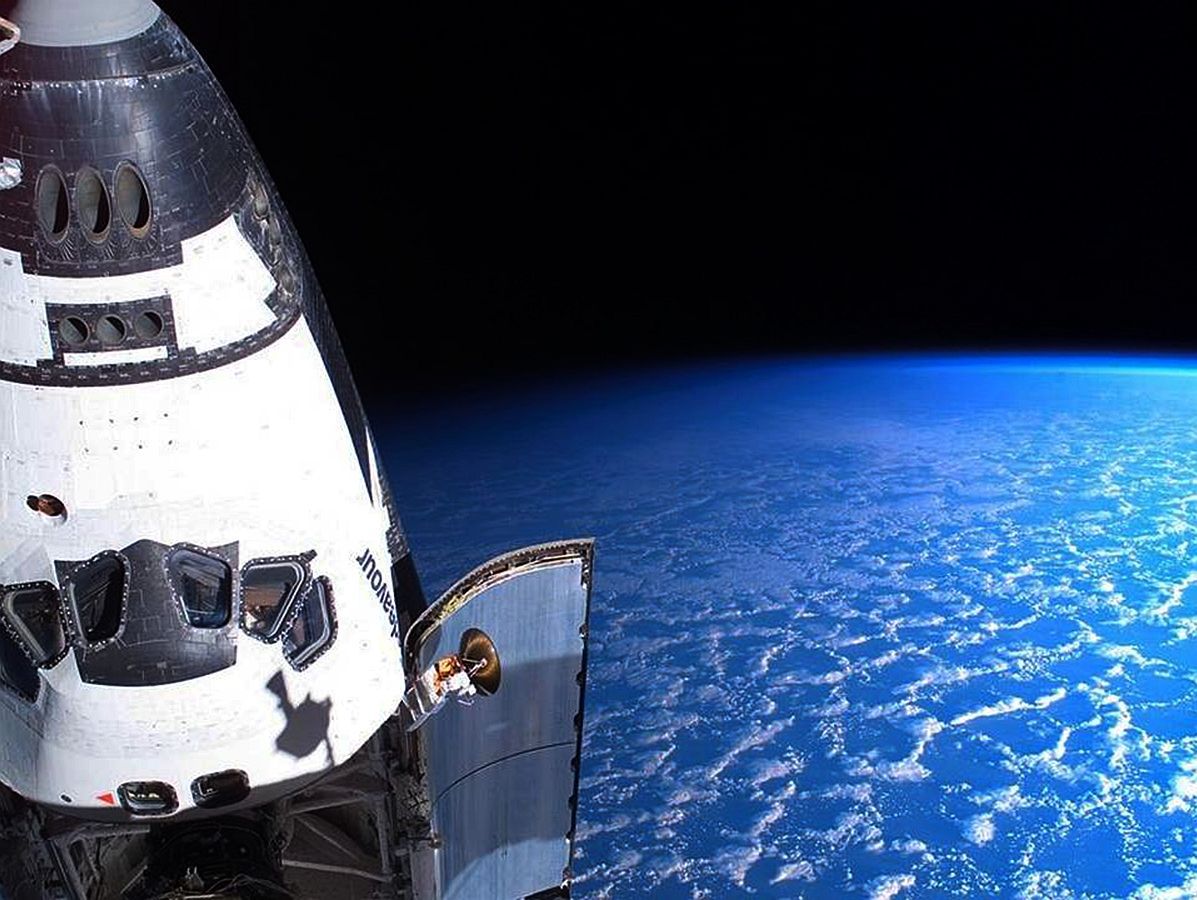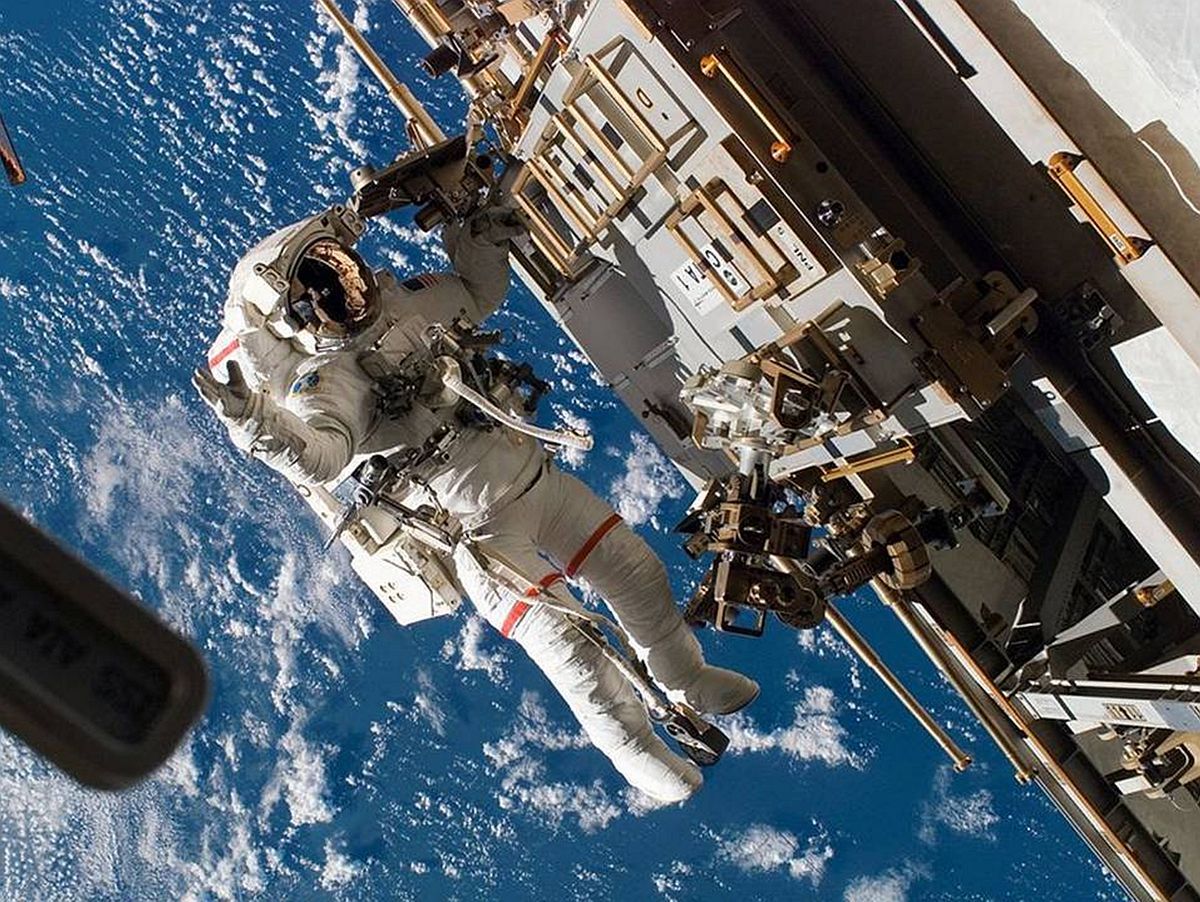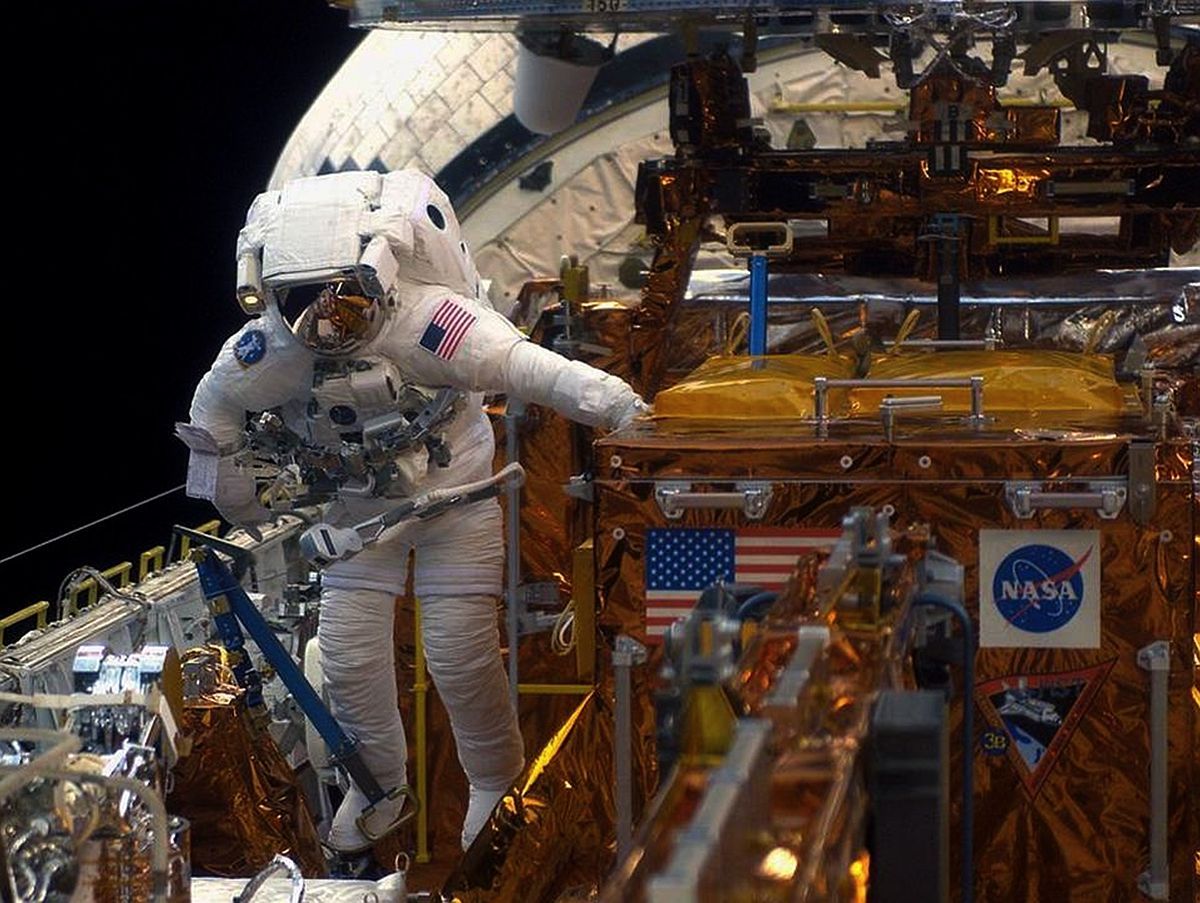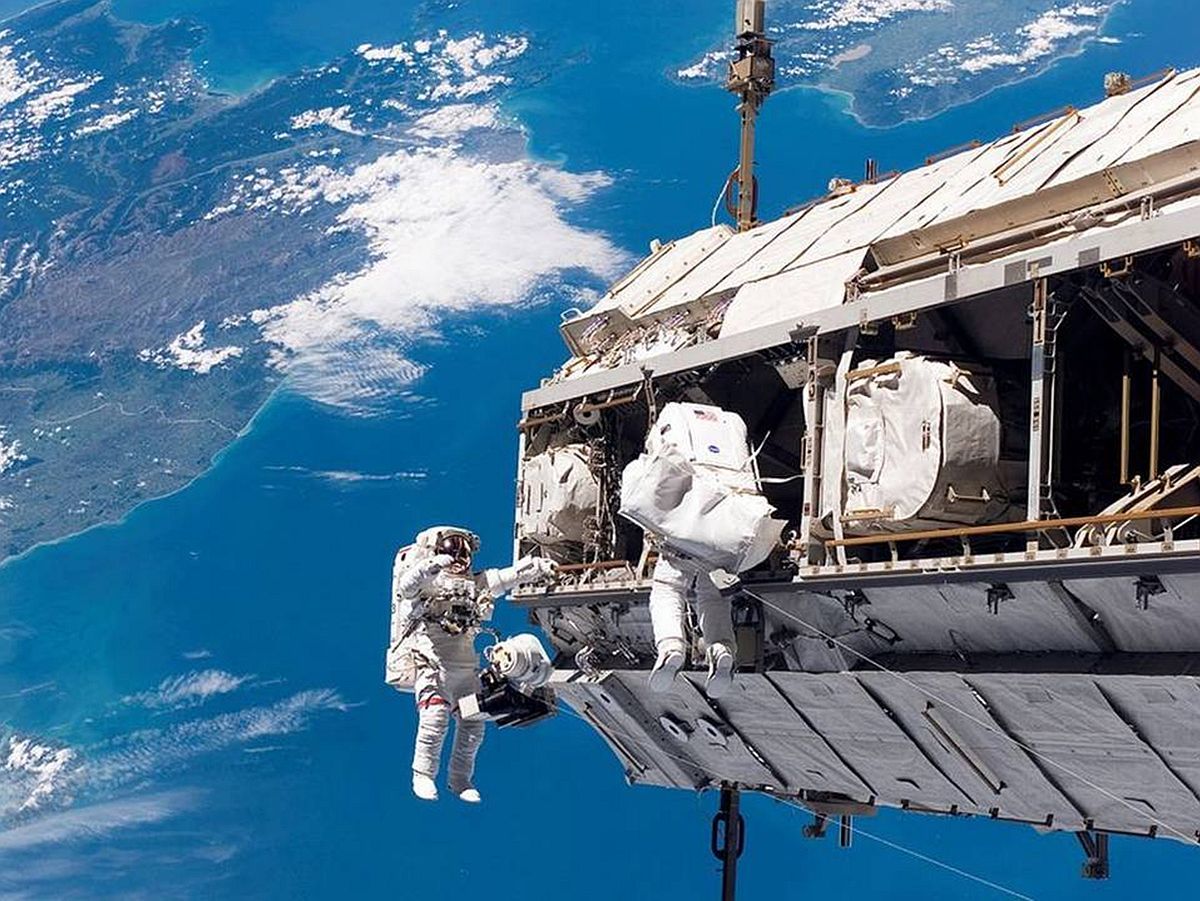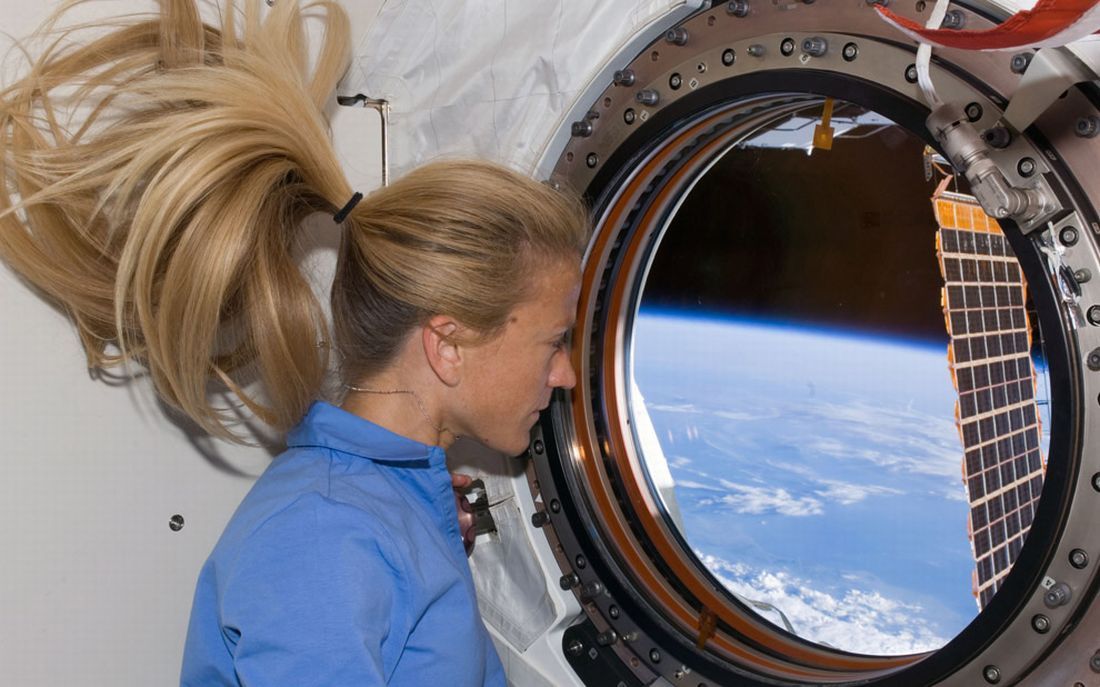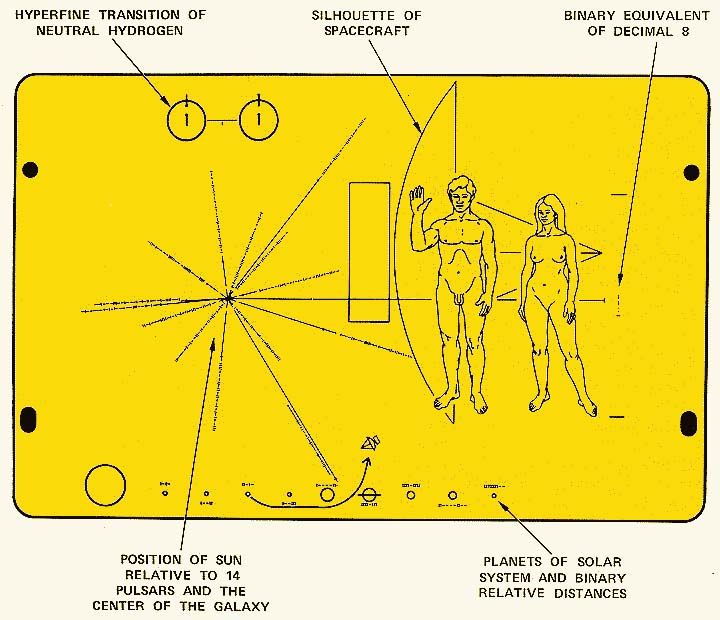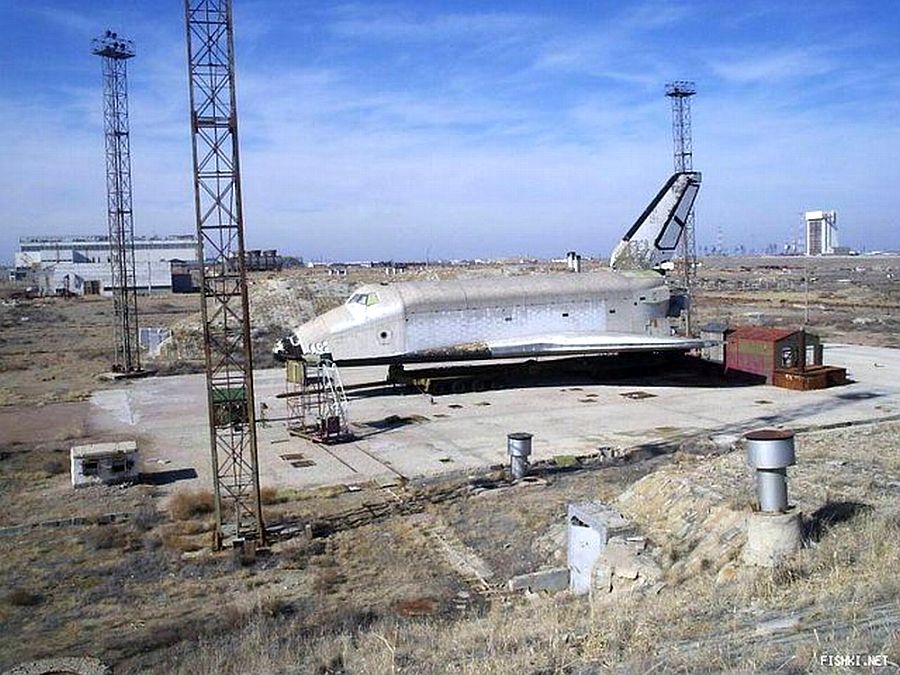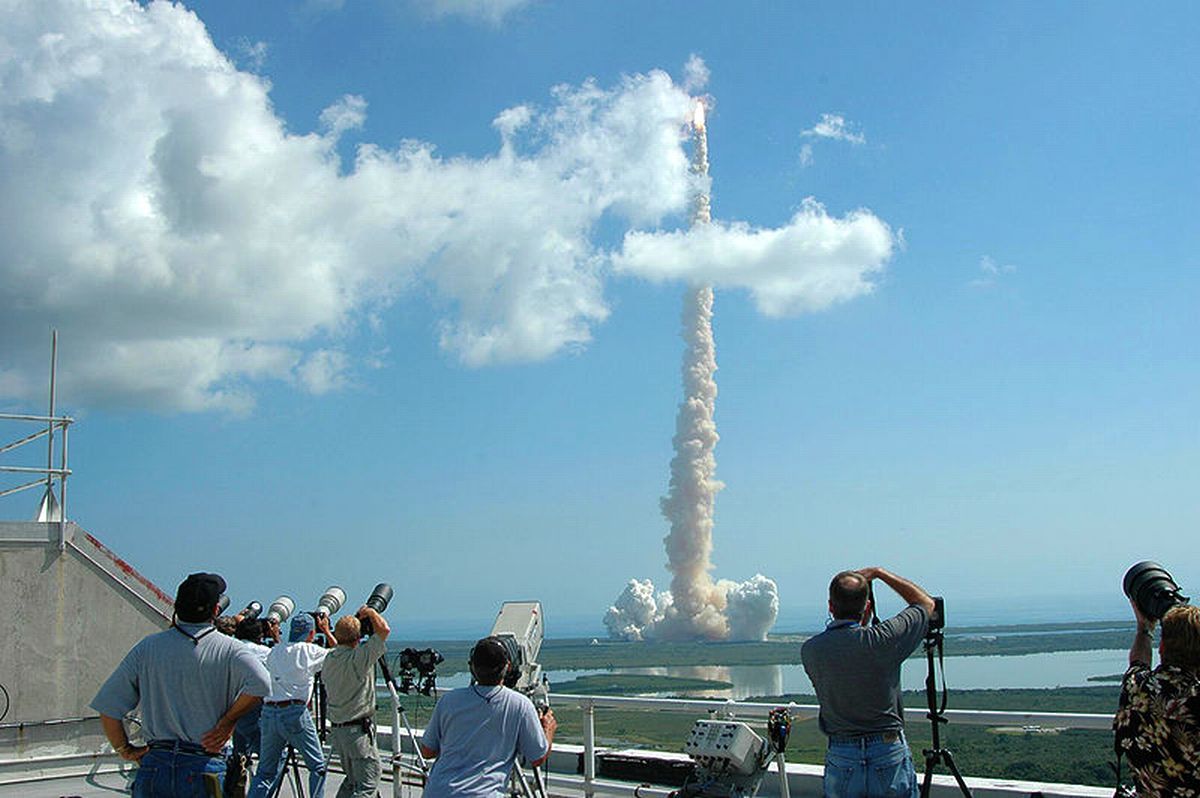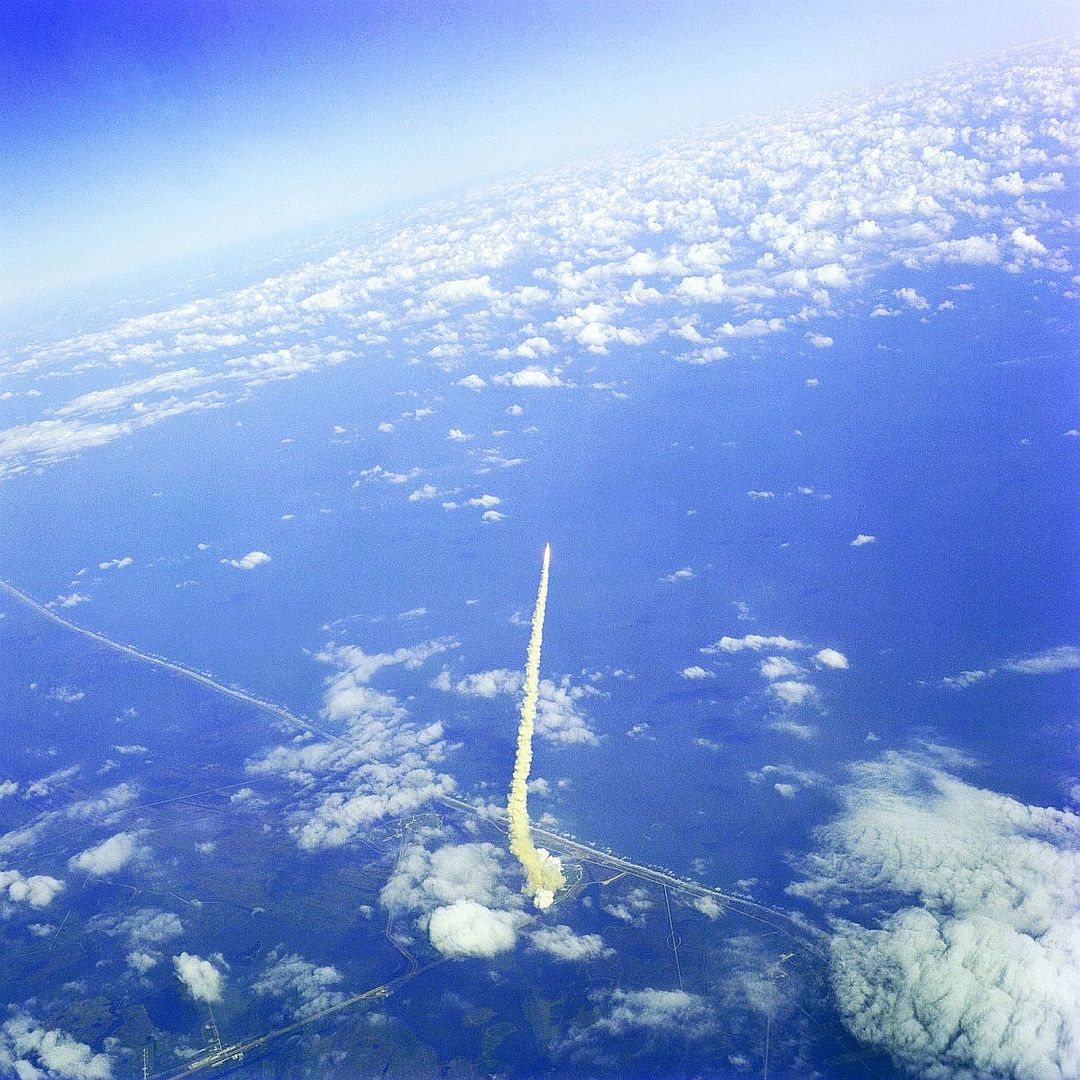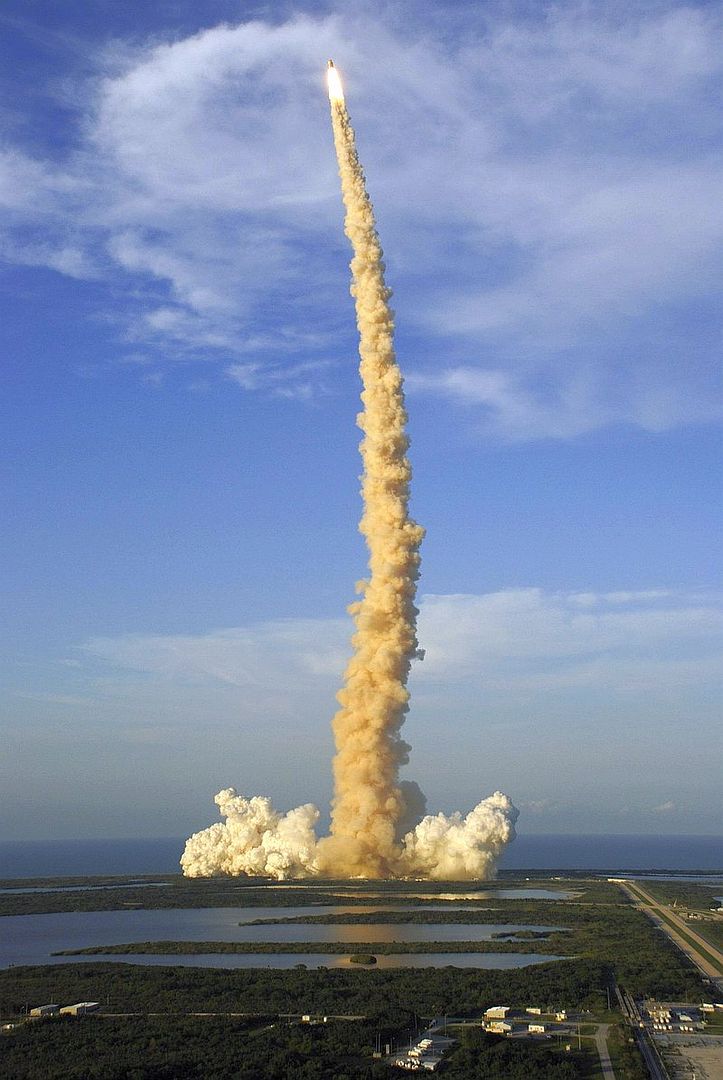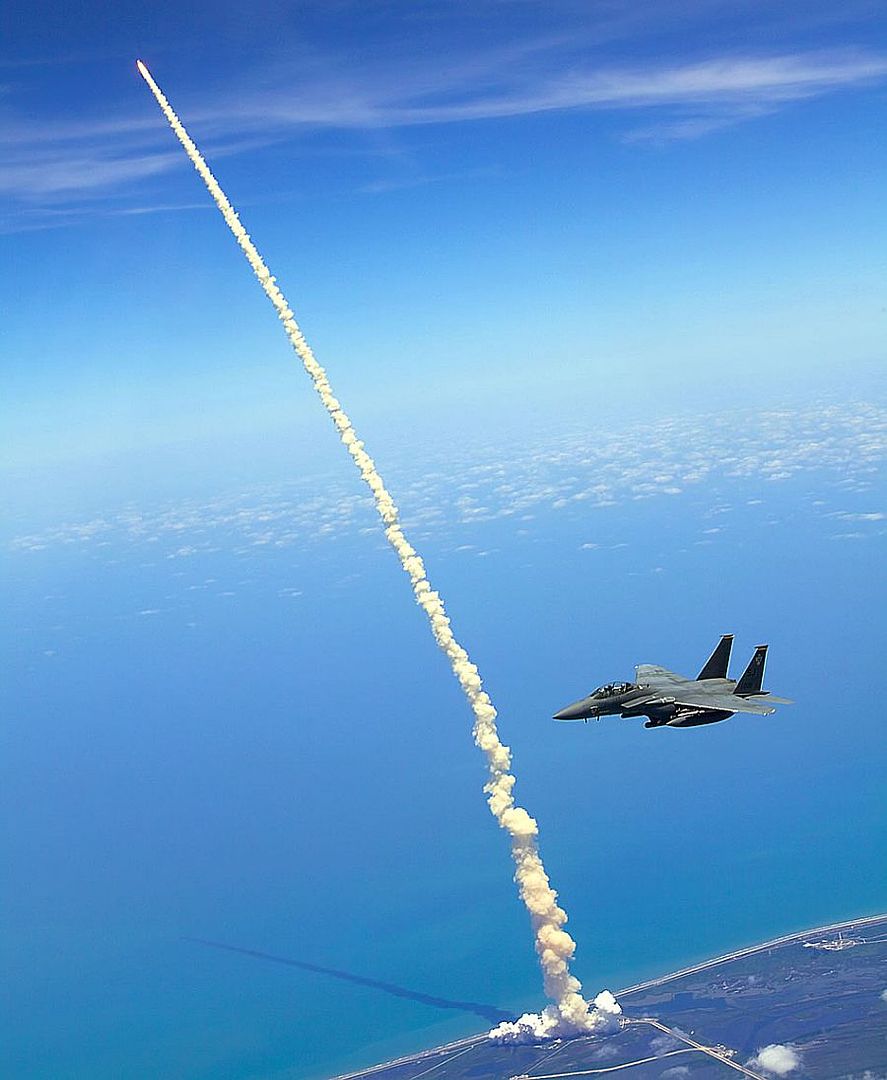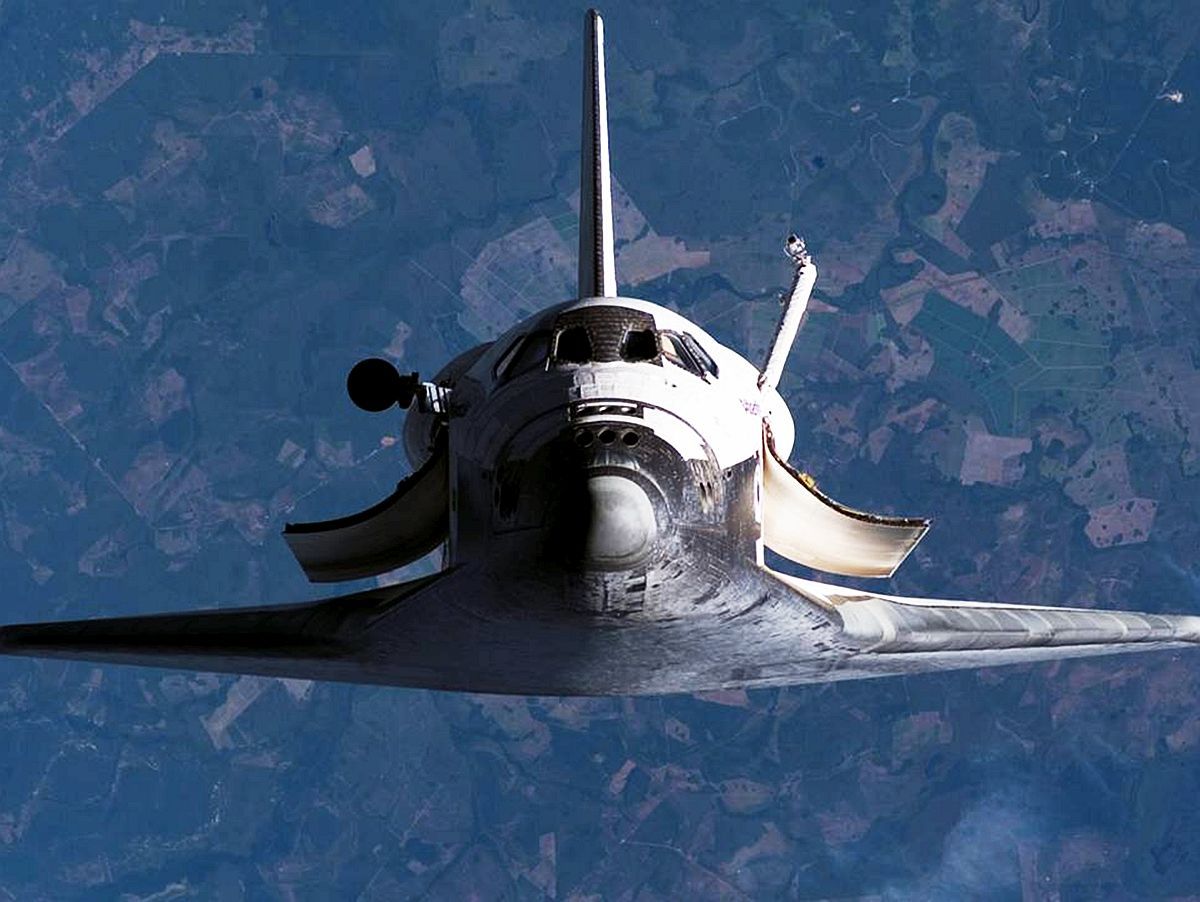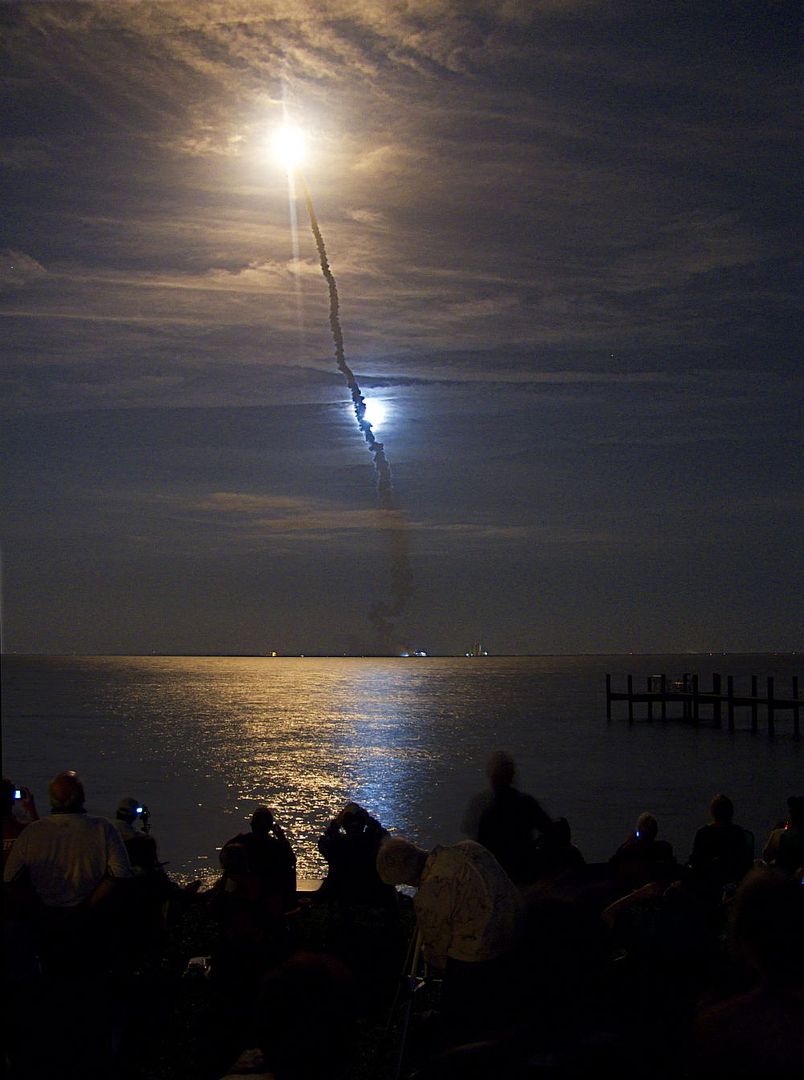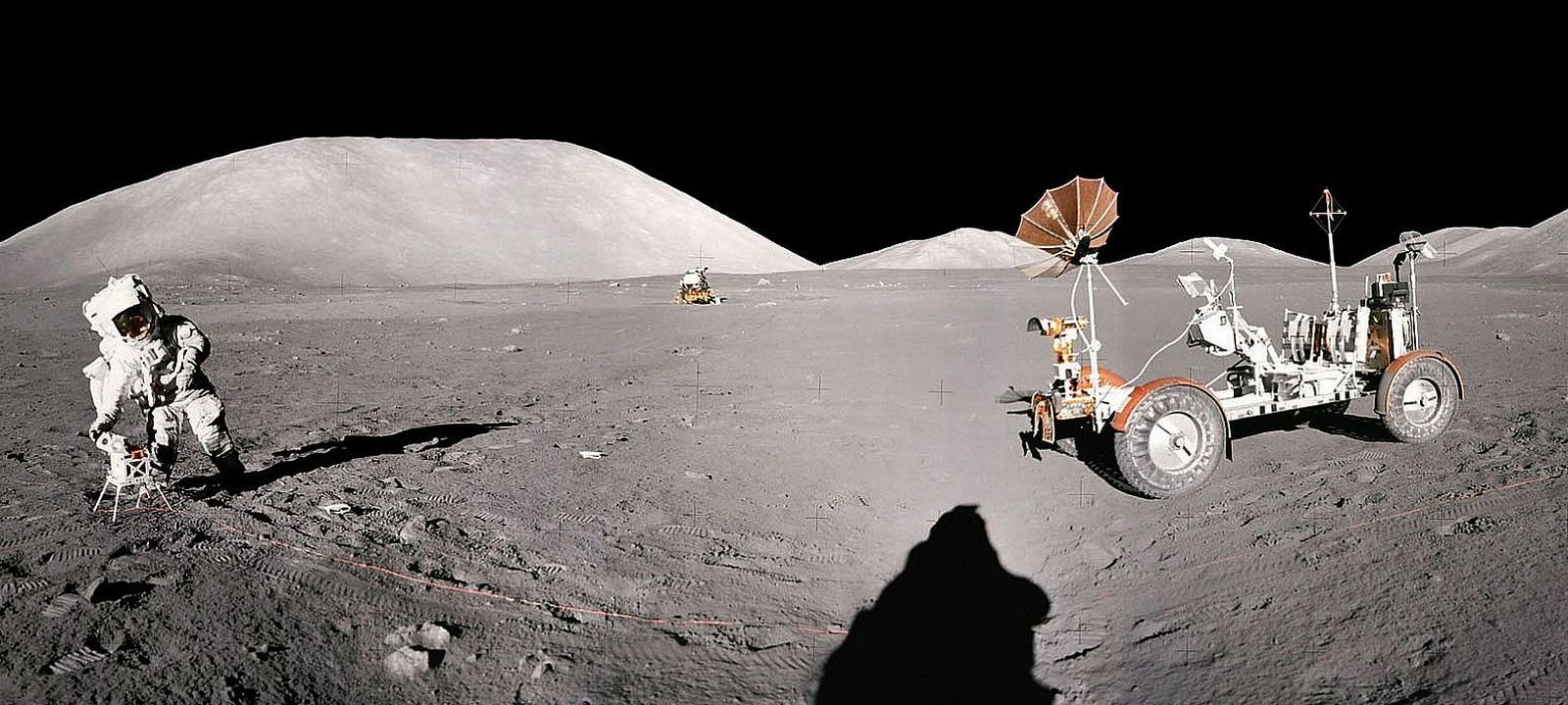P
PoorOldSpike
Guest
What if the moon didn't exist?
Earth would spin much faster.
That's because the moon's gravity pulls on Earth's oceans. The pull of the moon, and ebb and flow of the tides, puts the brakes on Earth's daily rotation. Billions of years ago, the Earth spun around on its axis much faster. If we'd never had a moon to slow us down, we'd still have a 10-hour day.
Without the moon wind patterns would likely be stronger and longer lived.
Consider the giant planet Jupiter, which rotates in about ten hours. Hurricanes on Jupiter can be enormous and last for centuries. Wind patterns stretch across the entire planet, giving Jupiter the banded appearance you can see through a telescope.
A constant gale force wind on Earth would have affected life on Earth..
It is even possible that some life forms might not even exist under such conditions.
Without the moon, the Earth's axis would wobble like a top.
With the Moon, the axis wobbles a little bit but generally stays put. That keeps the seasons more or less the same for periods long enough for complex life forms to develop, adapt, and succeed.
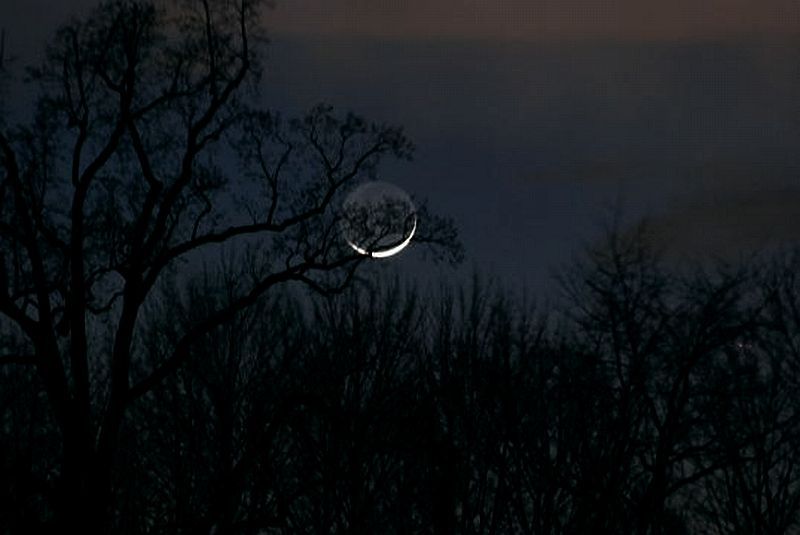
http://starryskies.com/Artshtml/dln/1-01/no.moon.html
Earth would spin much faster.
That's because the moon's gravity pulls on Earth's oceans. The pull of the moon, and ebb and flow of the tides, puts the brakes on Earth's daily rotation. Billions of years ago, the Earth spun around on its axis much faster. If we'd never had a moon to slow us down, we'd still have a 10-hour day.
Without the moon wind patterns would likely be stronger and longer lived.
Consider the giant planet Jupiter, which rotates in about ten hours. Hurricanes on Jupiter can be enormous and last for centuries. Wind patterns stretch across the entire planet, giving Jupiter the banded appearance you can see through a telescope.
A constant gale force wind on Earth would have affected life on Earth..
It is even possible that some life forms might not even exist under such conditions.
Without the moon, the Earth's axis would wobble like a top.
With the Moon, the axis wobbles a little bit but generally stays put. That keeps the seasons more or less the same for periods long enough for complex life forms to develop, adapt, and succeed.

http://starryskies.com/Artshtml/dln/1-01/no.moon.html















































































